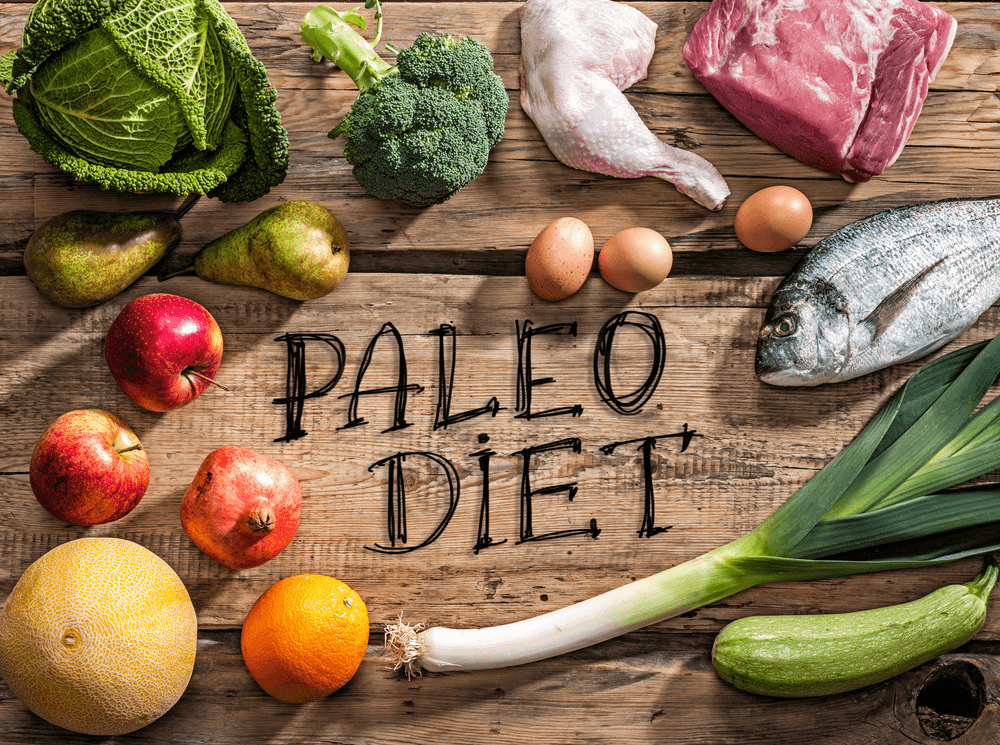Introduction:
The Paleo Diet, also known as the “Caveman Diet,” has surged in popularity for its back-to-basics approach to nutrition. By mimicking the eating habits of our ancestors, this diet promotes whole, unprocessed foods that are rich in nutrients and free from modern additives. The result? Effective weight loss, improved energy levels, and better overall health. In this article, we’ll explore the fundamentals of the Paleo Diet, its benefits, and how you can start incorporating this ancestral eating plan into your life today.
What is the Paleo Diet?
The Paleo Diet is based on the premise of eating like our Paleolithic ancestors, focusing on foods that were available before the advent of agriculture. This means consuming plenty of meats, fish, fruits, vegetables, nuts, and seeds while avoiding processed foods, grains, dairy, and refined sugars. The diet emphasizes natural, nutrient-dense foods that support optimal health and weight loss.
How the Paleo Diet Supports Weight Loss
The Paleo Diet is effective for weight loss because it eliminates processed foods and sugars that contribute to weight gain. Instead, it focuses on high-protein, high-fiber foods that keep you full and satisfied. By cutting out grains and legumes, the diet also reduces inflammation and stabilizes blood sugar levels, which can prevent overeating and cravings.
Practical Tip: Start your day with a Paleo-friendly breakfast, such as scrambled eggs with spinach and avocado, to keep you full and energized until lunch.

Benefits of the Paleo Diet
Natural Weight Loss: By eliminating processed foods and focusing on whole, natural ingredients, the Paleo Diet helps you shed excess pounds without feeling deprived.
Improved Energy Levels: The diet’s emphasis on protein and healthy fats provides sustained energy throughout the day, reducing the risk of energy crashes.
Reduced Inflammation: By avoiding processed foods and sugars, the Paleo Diet can help reduce chronic inflammation, which is linked to various health issues.
Better Digestion: The Paleo Diet is naturally high in fiber from fruits and vegetables, supporting healthy digestion and regular bowel movements.
Getting Started with the Paleo Diet: Practical Tips
1. Focus on Whole, Unprocessed Foods: The cornerstone of the Paleo Diet is consuming foods that are as close to their natural state as possible. This includes fresh meats, fish, fruits, vegetables, nuts, and seeds.
2. Avoid Grains and Legumes: While grains and legumes are staples in many diets, they are excluded from the Paleo Diet due to their potential to cause inflammation and digestive issues.
3. Incorporate Healthy Fats: Healthy fats, such as those found in avocados, nuts, and olive oil, are a crucial part of the Paleo Diet. These fats help keep you full and support brain and heart health.
4. Plan Your Meals: Planning your meals in advance can help you stick to the Paleo Diet and avoid temptations. Consider batch cooking and keeping Paleo-friendly snacks on hand.
Paleo Diet Sample Meal Plan
Breakfast:
Scrambled eggs with spinach, tomatoes, and avocado.
Lunch:
Grilled chicken salad with mixed greens, cucumbers, bell peppers, and a lemon-olive oil dressing.
Snack:
A handful of almonds or a piece of fruit.
Dinner:
Baked salmon with roasted sweet potatoes and steamed broccoli.
Dessert:
Fresh berries with a sprinkle of shredded coconut.
